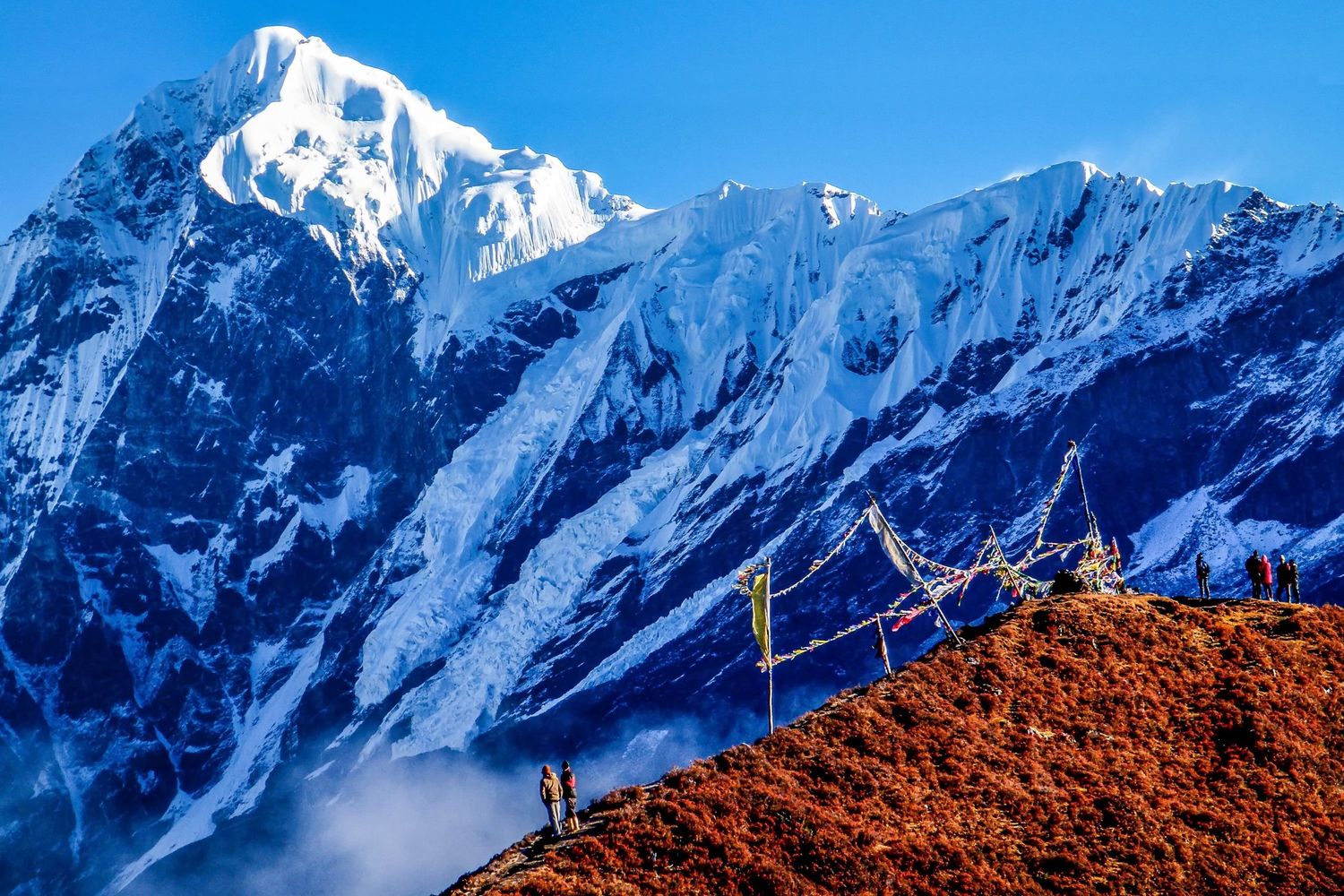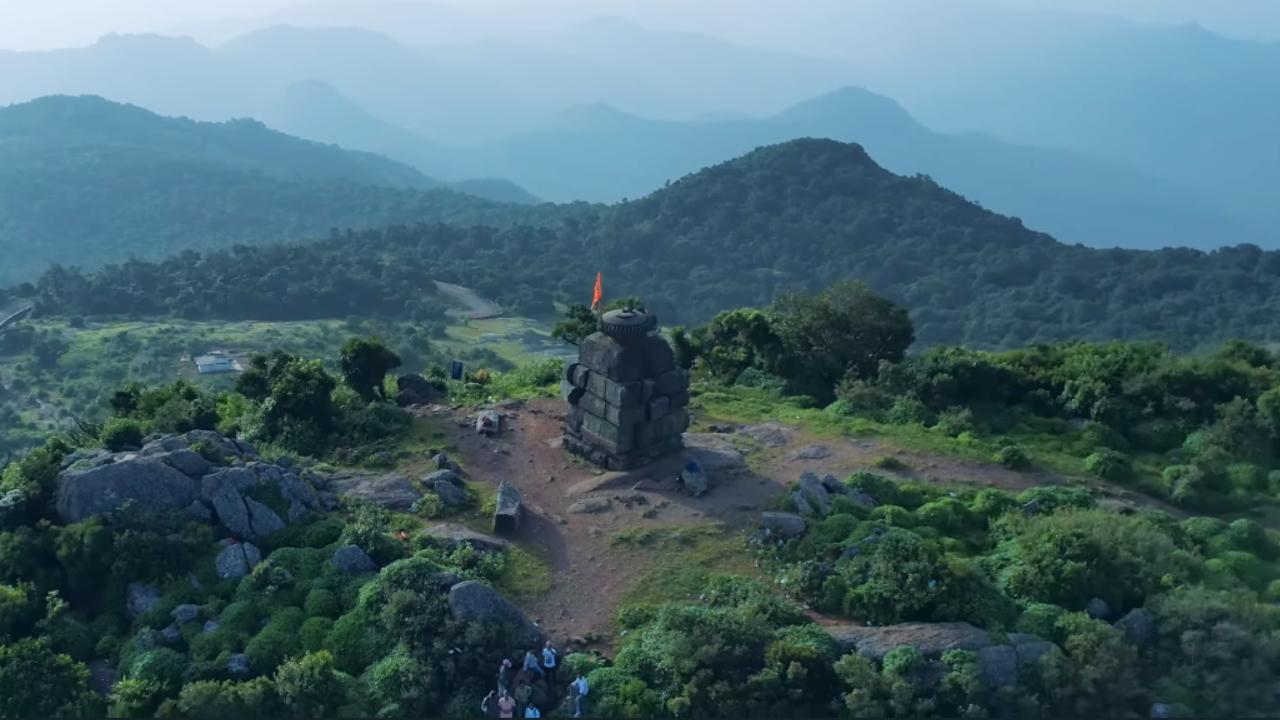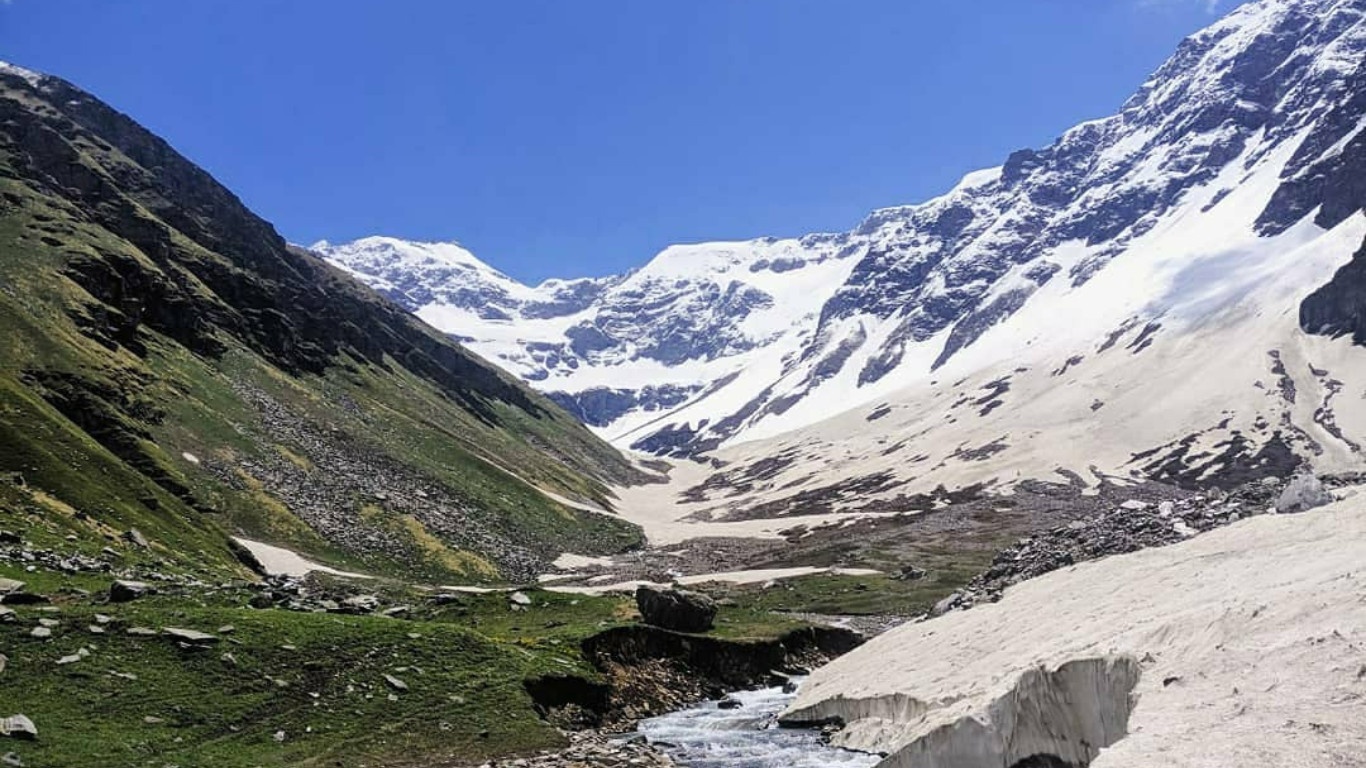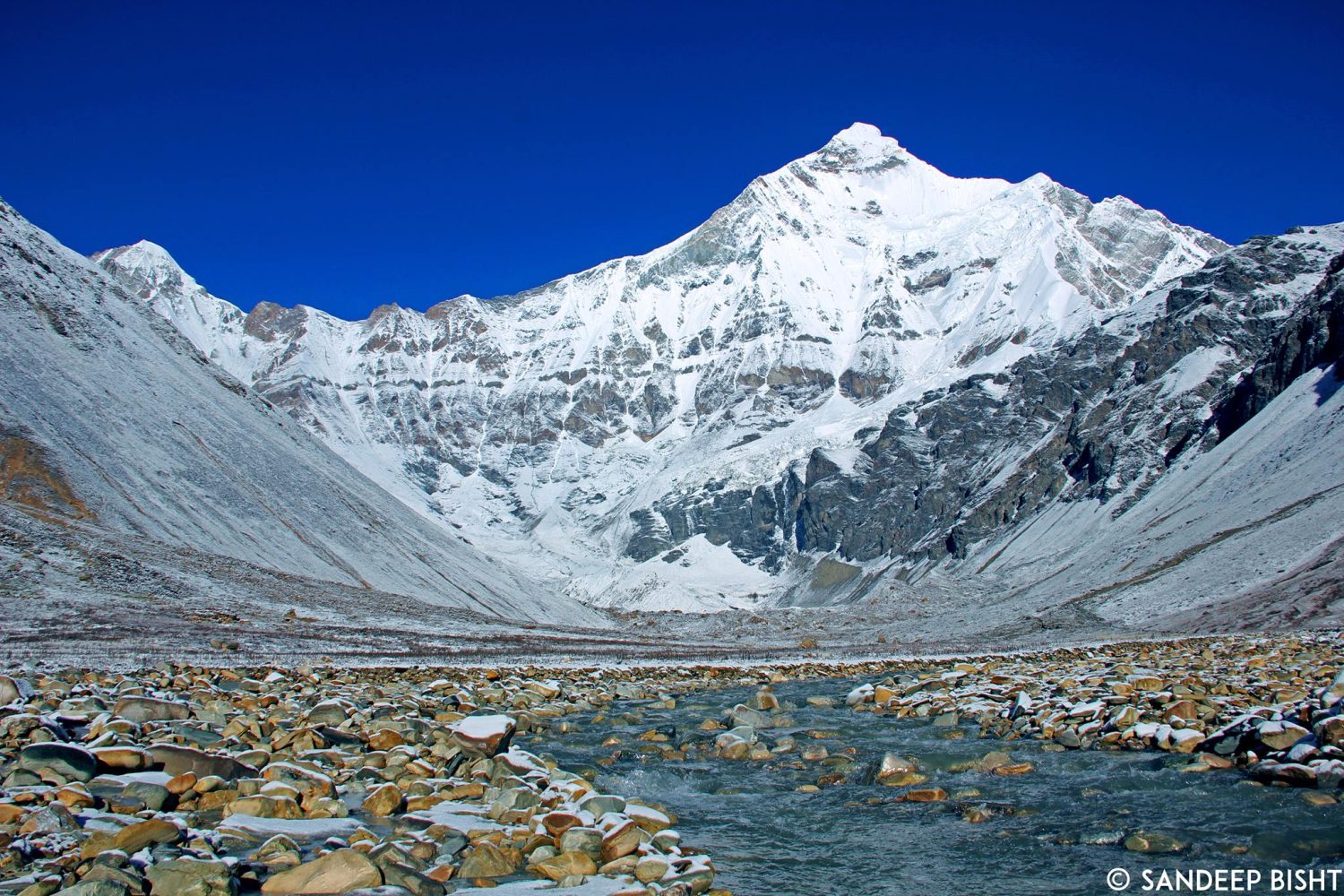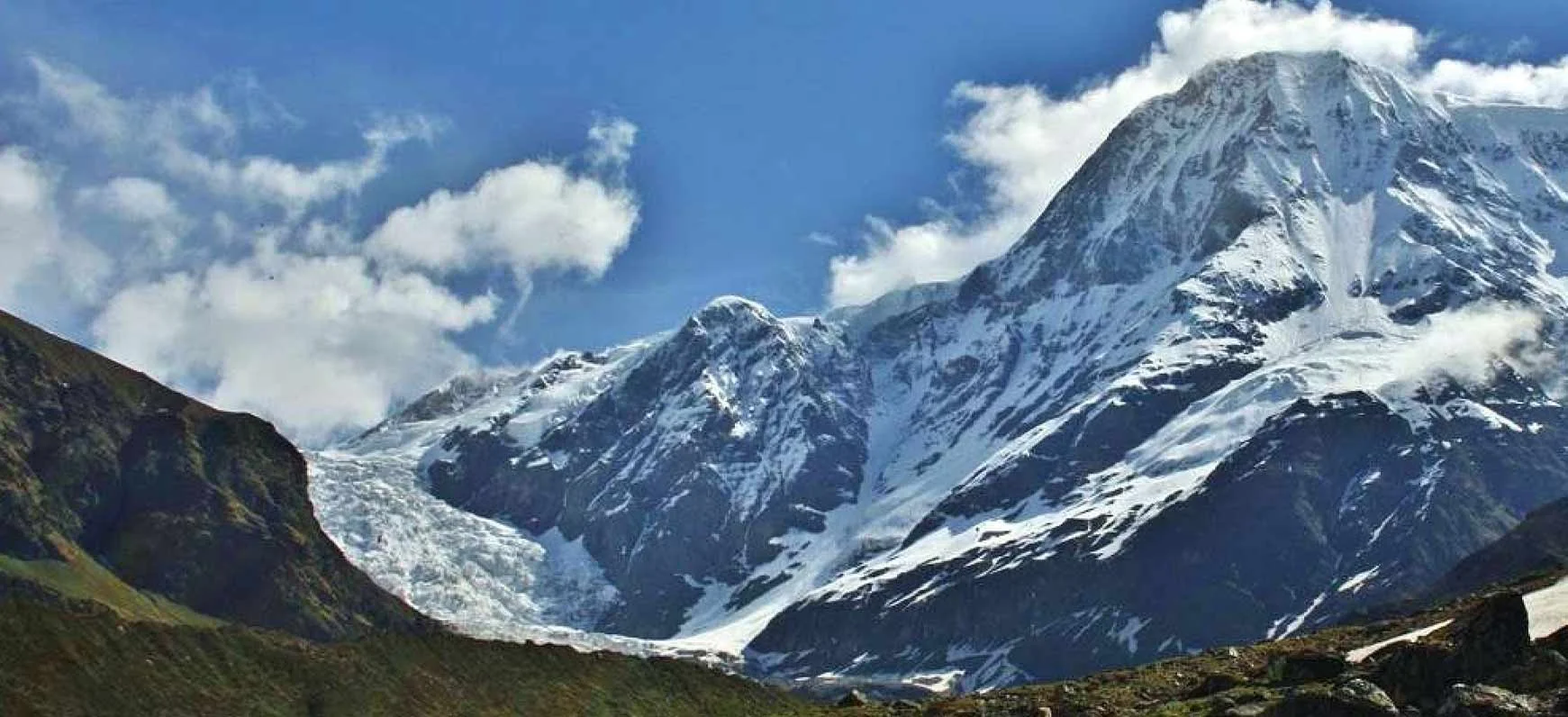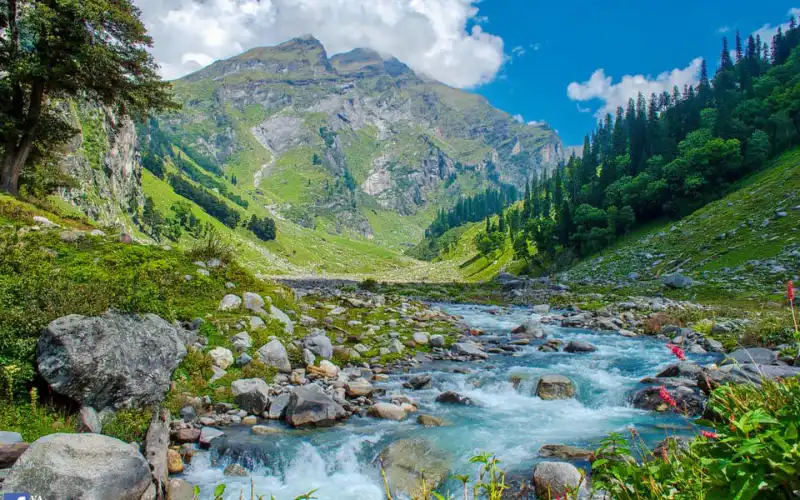Talle Valley Trek: Exploring the Hidden Wilderness of Arunachal Pradesh
The Talle Valley Trek is one of the most pristine and unexplored treks in Arunachal Pradesh, starting from the picturesque Ziro Valley, a UNESCO World Heritage tentative site. Nestled in the Eastern Himalayas, Talle Valley is known for its dense subtropical forests, diverse bird species, and untouched beauty that attracts both trekkers and nature enthusiasts. At an altitude of about 7,874 ft, the trek takes adventurers through bamboo groves, rhododendron forests, alpine meadows, and river valleys, making it a paradise for wildlife photographers and eco-trekkers. The Talle Valley Wildlife Sanctuary, part of this trek, is a biodiversity hotspot rich in orchids, medicinal plants, and rare animals, offering a unique trekking experience far from the usual Himalayan routes.
The Untouched Beauty of Talle Valley
Unlike other commercial treks, Talle Valley remains relatively untouched. The isolation and raw beauty of the valley make it perfect for those seeking solitude and wilderness. The trail takes you through villages of the Apatani tribe, known for their sustainable living and vibrant culture.
Why Trekkers Love This Trek
The trek combines adventure with cultural exploration. From spotting hornbills and orchids to camping under clear starry skies, every day in Talle Valley brings a new experience. The trek also gives an immersive peek into Apatani traditions, their paddy-cum-fish farming, and heritage homes.
Best Time for the Talle Valley Trek
March to May and October to November are the best months when the forests bloom with rhododendrons and the weather remains pleasant. Monsoons bring lush greenery but also leeches, heavy rains, and tricky trails.














